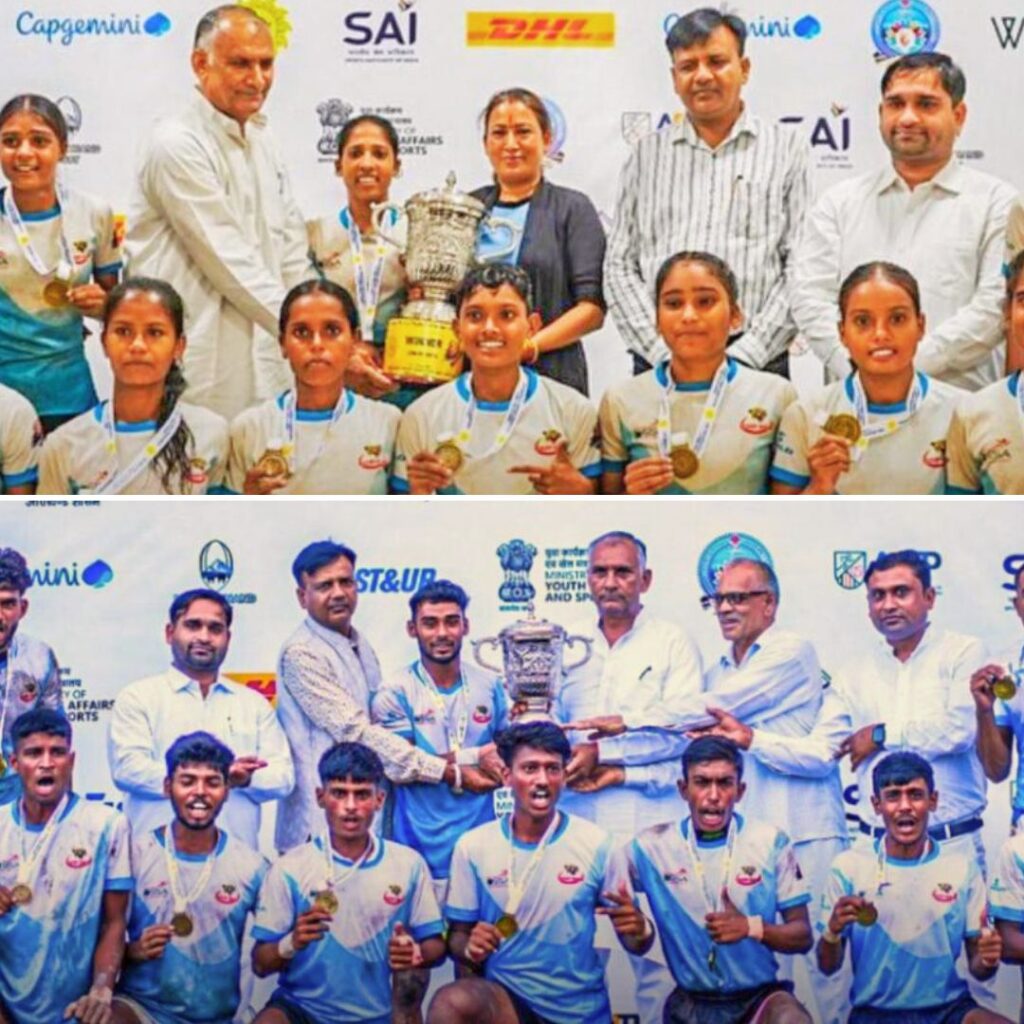45 years ago, on this day, India witnessed a non-violent agitation. The protest named ‘Chipko movement’ mobilised women to protect and conserve trees. It is regarded as the ‘eco-feminist movements in India’ since it witnessed mass participation by female villagers. The goal of the Chipko movement was to prevent deforestation.
Google is celebrating the 45th anniversary of Chipko movement with a special doodle.
What Is ‘Chipko’? How did it start?
The word Chipko means to ‘embrace’. The movement got its name because people embraced the trees from being cut. The agitation was against destroying ecological balance.
The first Chipko movement dates back to 18th century Rajasthan. A group of people belonging to Bishnoi community had resisted felling of trees by hugging them. The villagers, led by a woman named Amrita Devi, challenged the orders of the Jodhpur King. Following the agitation, the King had banned cutting of trees in Bishnoi villages.
The modern Chipko movement in India started in 1973 in Mandal, a Village in Uttar Pradesh. Later, it has spread to other districts. Common people who were affected by deforestation joined the protest. People agitated against government’s decision to sell forest land to a sports goods company. Villagers embraced the trees, forming circles around them to prevent them from being cut.
The movement was spearheaded by Chand Chandi Prasad Bhatt and his NGO Dasholi Gram Swarajya Sangh. Environmental activist Sunderlal Bahuguna joined the movement and gave it a direction. He appealed Indira Gandhi, the then Prime Minister of the nation, to ban cutting of trees. The government ruled in favour of the agitators and banned cutting trees.











